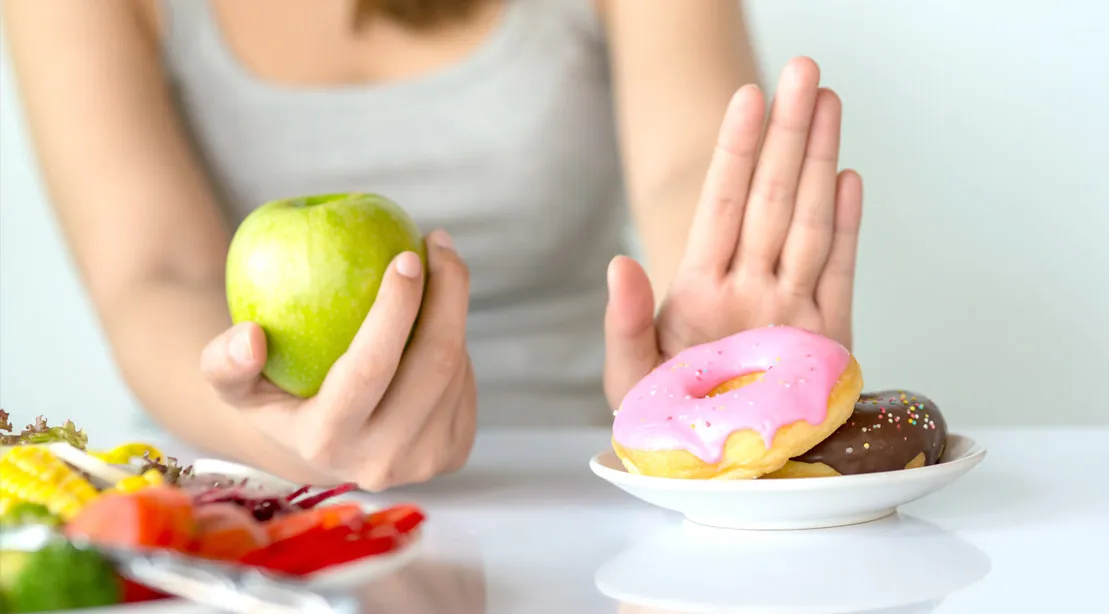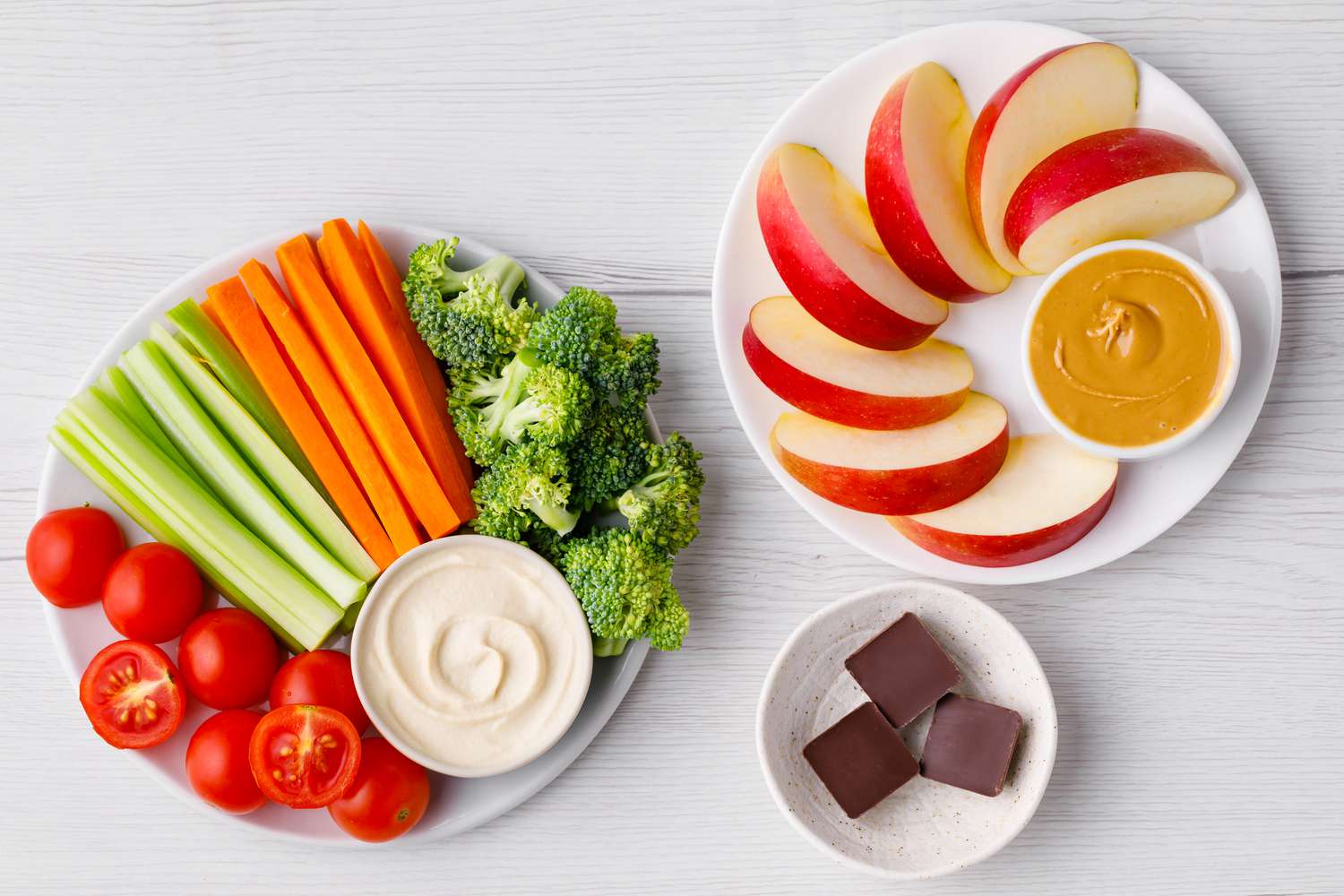When you hear the word “Junk Food’ what’s the first food image that pops up in your mind? There is a good chance that the food item you are looking at will be high in at most one of these: sugar or fat.
Humans are hard-coded to constantly desire these two elements. However, why is that?
We’ll have to travel back a bit to find the easy solution to the question. For approximately 12,000 years before the advent of agriculture and domestication of livestock, humans were able to hunt and gather anything that was in their possession at the time.
Food was not just in short supply, but it was also challenging to store!
As a result, our ancestors’ early days ate whatever they could, whenever they were able, then kept as much of it in their bodies as they could.
Since who knows when their dinner would become red, you’re right, right?
Foods that are sweet, like fruits and berries, have been proven that food items were nutritious, high in energy, and also have a significant nutritional value.
Fat-rich foods, like wild boar, fish, seeds, and nuts, were eaten because they offered large caloric amounts, providing us with the perfect form of energy that can be used for longer periods without food.
In addition to aiding in our survival, our innate appetites over the ages have allowed us to flourish as we do today. However, it is a remarkably sluggish process when seen in the context of relative evolution. To put it simply, we humans evolved faster than our evolutionary development.
What this means is that despite food options being so easily accessible but we still carry that survival device from the hunter-gatherer, which makes us constantly crave sweet and fatty food.
The junk food industry has discovered this natural desire and has found an avenue to inject excessive amounts of both ingredients into delicious food items. Then, they strip away most of the nutritional value.
This means that our overall health as we are a human species is currently in poor health (at most for this Western globe). Since 1975, the global rate of obesity has tripled. In addition, the consumption of junk food and
A decrease in activity is the cause for this staggering number.
It’s time to get your health and wellness back.
In this article, we’ll discuss the most popular 10 junk food items you need to massively reduce or eliminate completely.
1. Sugary Beverages:
Examples: Soda, sweetened juices of fruit, Energy drinks, and many other coffee drinks with sugar.
Negative effects: Sugary beverages are usually loaded with calories and sugar. They have almost no nutritional value. These drinks can cause weight increase, tooth decay, along type 2 diabetes, and they’re not even filling your stomach!
The verdict: Avoid entirely.
2. Deep-fried Foods:
Examples: French fries, doughnuts, and fried chicken.
Negative effects: These meals are generally filled with unhealthy fats, in particular, the most dangerous fat of all, trans fats. Trans fats can increase LDL (bad) cholesterol, which can increase the risk of developing heart disease. They’re usually also high in salt and can result in high blood cholesterol, coronary disease, and an increased risk of strokes.
Conclusive: Massively reduce.
3. Processed Meats:
Example: Bacon, sausages, salami, hot dogs.
Negative Impacts: In excess, processed meats may be associated with heart disease, obesity, and some types of cancer. It is because of the increased concentration of salts, nitrate, and saturated fats in processed meats.
Note: Being reasonably high in protein, tiny amounts of less processed meats will do little harm.
Final verdict: Massively reduce.
4. Sugary Breakfast Cereals:
Examples: Cap’n Crunch, Golden Crisp, Honey Smacks, etc.
Negative Impacts: These breakfast cereals that are often targeted at children could be one of the most harmful options for a way to start your day. Filled with highly refined sugars like high-fructose corn syrup, and with almost zero nutritional value. With numerous healthy breakfast options, Sugary breakfast cereals should be eliminated immediately.
The verdict: Avoid entirely.
5. Sweets and Lollipops:
Example: Gummy bears, lollies, hard candy, and lollies
Negative Impacts: Like many items in this list, sweets and lollipops have virtually no nutritional value at all. They’re the literal meaning of “a single moment in the mouth and a lifetime on the hips.’ Being so high in sugar, these sweets can cause tooth damage and can cause excess weight gain, all the while bringing blood sugar levels to record levels.
The verdict: Avoid entirely.
6. Packaged Snack Foods:
Example: Chips, pretzels, and other baked commercial items.
Negative effects: Although not necessarily the most damaging junk food on this list, packaged snacks are usually packed with salt and artificial ingredients. They can cause heart diseases and add inches to waistlines.
Side note: Some chips are just baked vegetables, and may be a source of nutrients.
Final verdict: Massively reduce.
7. Alcohol:
Example: beers, wines, as well as spirits.
Negative effects: A large amount of alcohol consumption is directly associated with an increased chance of developing cancer. It’s an extremely addictive substance that is a danger to abuse should it not be consumed moderately. 1 gram of alcohol is about seven calories, which makes it a snare for those who are trying to lose weight.
Liquors and wine in particular have high levels of sugar, as well as harmful Nitrates.
Side note: Low to moderate drinking, particularly in a relaxed and social setting, has been proven to have positive impacts on the body and mind. The data is always changing and must be evaluated regularly.
Conclusive: Massively reduce.
8. Pastries:
Example: Croissants, pies, and baked doughnuts
Negative effects: Generally, pastries contain a lot of sugar, fat, or both! This could lead to them becoming a problem when it comes to weight control and may leave you feeling tired and lacking energy following a meal.
Note: Baked, whole-grain cakes made from freshly melted butter have been an element of the Mediterranean diet for a long time. The key is moderation.
Final verdict: Massively reduce.
9. Artificially Sweetened Products:
Example: Diet sodas, sugar-free sweets, and a few light desserts or yogurts.
Negative Impacts: While they might be promoted as healthier alternatives, many products that are artificially sweetened may still have negative effects on metabolism. Certain studies indicate that they are a risk factor for developing type 2 heart disease, diabetes, as well as stroke.
Although they’re relatively new to the world of foods, More and more recent research is revealing negative side effects of artificial sweeteners.
Conclusive: Massively reduce.
10. Chocolate:
Example: Milk chocolate, white chocolate, dark chocolate, white
Negative effects: We saved the most delicious until the very end… Some chocolates, particularly white and milk chocolate, contain a lot of sugar and fat, and that’s why they’re so tasty, right?
Side note: Chocolate can be a healthy food! The rule of thumb with chocolate is that the more complex and darker, the higher quality.
That example, a healthy bar full of vital antioxidants will be produced with a higher proportion of cocoa solids and fewer additives overall. Upon your next trip to the neighborhood grocery store, you can make the healthier decision by comparing the ingredients of a Snickers to those of 75% dark cocoa.
The verdict: If referring to more ingredients, less cocoa-based chocolatiers drastically reduce.
To sum it up: The gold rule to remember is that it’s extremely difficult to come across any food item that naturally has high levels of sugar and sugar or sugar.
Foods that typically have significant amounts of both should be avoided, especially for
those who are trying to reduce their waistlines.
Eating a lot of whole, unprocessed foods, such as fruits, vegetables, whole grains, lean meats, fish, lentils, animals, and legumes, while carefully and carefully avoiding processed or refined foods, is the key to an ideal diet.




